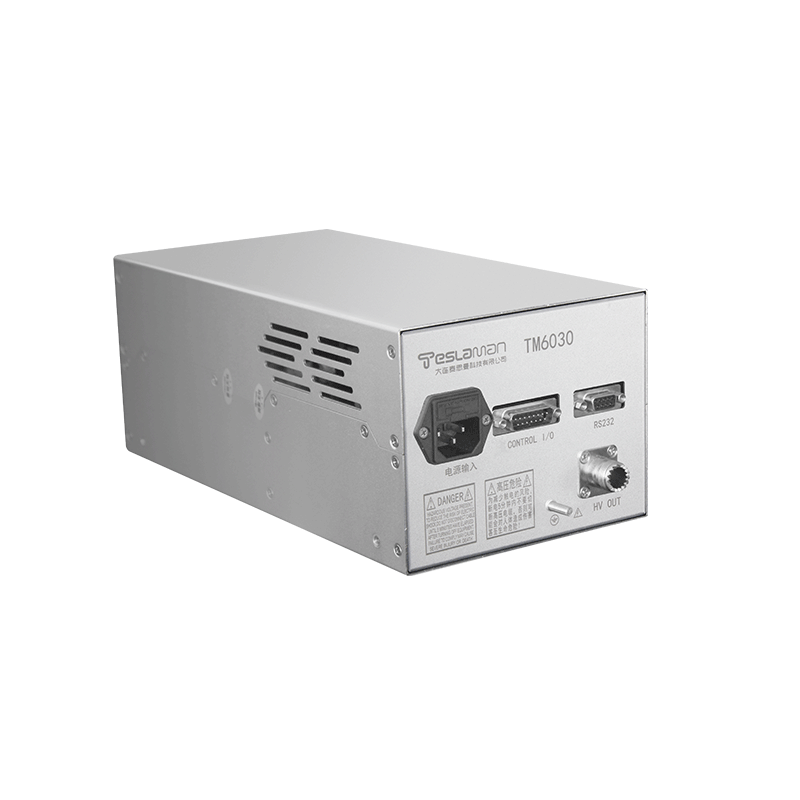Multi-Parameter Adaptation of High-Voltage Power Supplies for Liquid Detection
In environmental monitoring, chemical production, biomedical analysis, and security inspection, the accuracy and reliability of liquid detection technologies heavily depend on the performance of high-voltage power supplies. As detection scenarios grow more complex and standards become stricter, optimizing a single parameter is insufficient. Multi-parameter collaborative adaptation has emerged as the core breakthrough direction.
1. Necessity of Multi-Parameter Adaptation
Liquid detection relies on the interaction between electric fields and liquids to extract physicochemical parameters such as dielectric constant, conductivity, and ion concentration. Different scenarios demand distinct power supply characteristics:
Hazardous liquid detection (e.g., flammable substances) requires rapid response (≤1 second) and high-frequency excitation (5kHz–10kHz) to distinguish dielectric properties;
Food sterilization necessitates bipolar square-wave pulses (±6kV, pulse width 2–20μs) with minimal tailing to prevent liquid discharge;
Precision analysis (e.g., mass spectrometry) demands ultra-high voltage stability (≤0.01%) and low ripple (≤0.05%) to ensure signal sensitivity.
2. Technical Adaptation of Key Parameters
1. Precise Voltage and Current Control
Power supplies must maintain stability across a wide output range (hundreds of volts to tens of kilovolts). For example, in liquid sterilization, bipolar pulses require polarity switching within 300ns and frequency adjustment (50–500Hz) to balance sterilization efficiency and temperature rise. Key technologies include:
Closed-loop feedback control: Real-time load monitoring via digital signal processors (DSP) to limit voltage fluctuations to ≤0.05%;
Multi-stage cascade topology: Improved Marx circuit structures reduce switch components, enhancing efficiency and suppressing tailing effects.
2. Response Speed and Dynamic Characteristics
Security applications require power supplies to generate excitation within 0.5 seconds (non-metallic containers) or 7.5 seconds (metallic containers). This relies on:
High-speed switching devices (e.g., IGBT): Enable microsecond-level voltage adjustments;
Intelligent algorithms: Predict load changes and optimize charge-discharge curves, e.g., using tail-truncation circuits to dissipate residual charges.
3. Insulation and Anti-Interference Design
Liquid environments risk electrolysis and corrosion, necessitating:
Composite insulation materials: Polytetrafluoroethylene (PTFE) encapsulation of high-voltage components to increase creepage distance and prevent leakage;
Electromagnetic shielding: Six-sided shielding designs suppress ripple (≤0.05%) to avoid dielectric constant measurement errors.
3. Applications of Multi-Parameter Synergy
1. Non-Thermal Food Sterilization
Bipolar square-wave power supplies adjust pulse amplitude, frequency, and width to achieve bacterial survival rates ≤1%. For example, sterilizing raw egg liquid with ±6kV/500Hz/20μs parameters achieves 99% efficacy at ≤5°C temperature rise, balancing energy efficiency and nutrient retention.
2. Hazardous Liquid Security Inspection
Ultra-wideband pulse microwave reflection methods use multi-frequency excitation within 1 second. By analyzing dielectric constant and conductivity, over 40 hazardous liquids (e.g., dilute sulfuric acid, gasoline) are identified with ≤2% false alarms.
3. Biomedical Precision Detection
Microchannel plate detectors require power supplies with 0.1% stability (100V–2kV range) and low noise (ripple ≤10ppm) to ensure signal-to-noise ratios for electron multiplication.
4. Challenges and Future Directions
Current multi-parameter adaptation faces two major bottlenecks:
1. Parameter Interference: Increasing pulse frequency may exacerbate temperature rise, necessitating thermal-electrical coupling models for dynamic balancing;
2. Miniaturization-Power Conflict: Portable devices demand compact power supplies (≤6.8kg), yet high-power outputs (e.g., 10kW) require advanced thermal management.
Future trends will focus on intelligent adaptive power supplies: Utilizing FPGA or dedicated control chips with real-time load diagnostics to autonomously match voltage, frequency, and pulse width, advancing liquid detection toward higher precision, integration, and sustainability.




















